Mars rover landing: NASA’s Perseverance successfully lands
Perseverance, NASA’s most cutting-edge robotic explorer to date, successfully landed on Mars Thursday — following a harrowing self-guided descent dubbed the “seven minutes of terror.”
Mission control at NASA’s Jet Propulsion Laboratory headquarters near Los Angeles erupted into applause and cheers at around 3:55 p.m. as radio signals confirmed the SUV-sized rover had survived its risky landing and arrived on Mars in one piece.
“Touchdown confirmed!” operations lead Swati Mohan announced.
The $2.7 billion rover set down in the Jezero Crater area of the Red Planet, an ancient lake bed where scientists hope to find signs of fossilized life.
It then beamed its first black-and-white images back to Earth, showing Mars’ rocky, desolate surface and horizon, as well as the spacecraft’s own shadow on the landing site.
“I’m safe on Mars. Perseverance will get you anywhere,” read a tweet from an account set up for the rover.
Advertisement
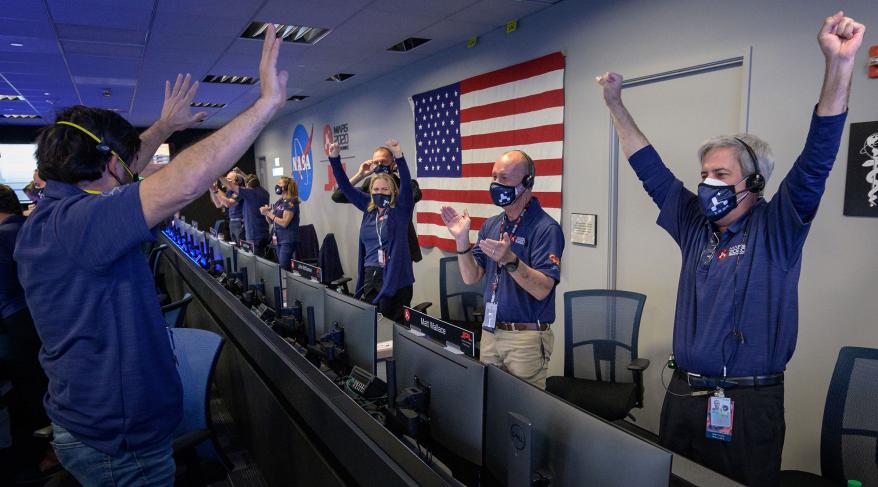
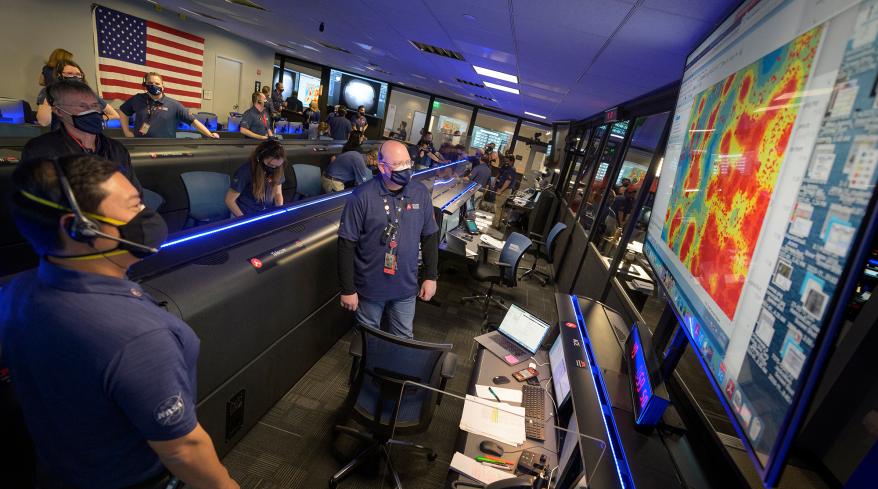
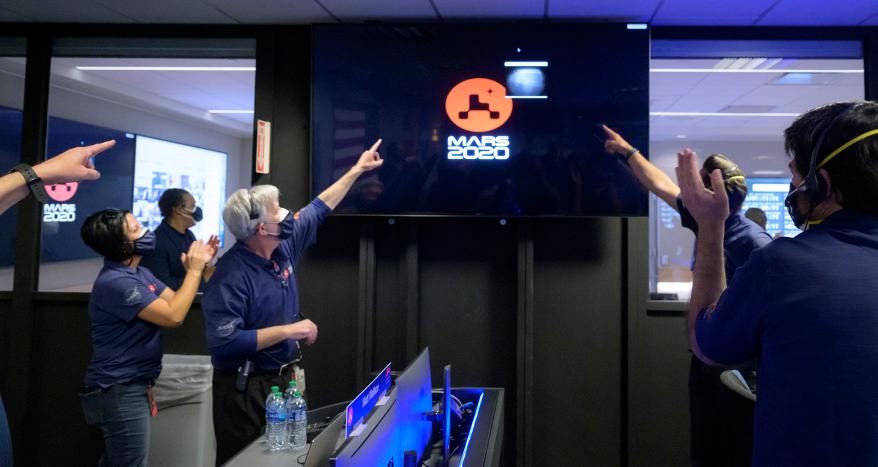
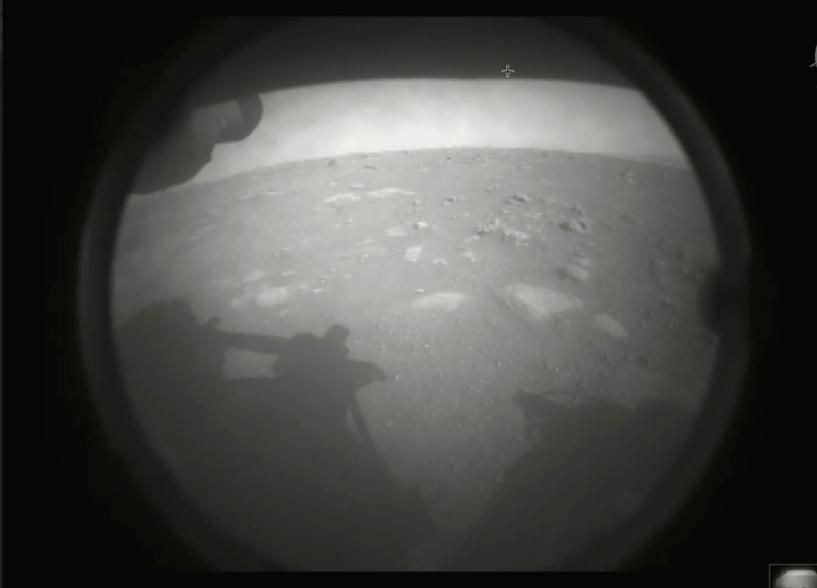
After a 293-million-mile journey lasting seven months, the six-wheeled rover began its perilous descent at around 3:48 p.m., when it streaked into Mars’ atmosphere at around 12,000 mph.
It then executed a series of complex, self-guided maneuvers to slow its descent and land successfully.
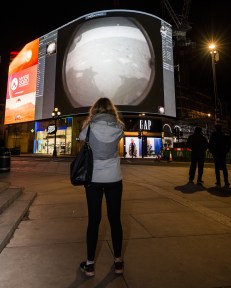
NASA engineers half-jokingly refer to the nail-biting period from when the rover enters the atmosphere to when it lands as the “seven minutes of terror.”
Because it takes 11 minutes for radio waves to travel one way between Mars and Earth, the rover had already reached the surface by the time its arrival was confirmed via satellite.
Now on Mars, Percy, as it is nicknamed, will spend the next two years drilling to search for dust and soil samples with possible signs of bygone microscopic life.
Some four dozen samples will be sealed in tubes and set aside on Mars to be brought back to Earth by another rocket ship as soon as 2031.
Perseverance will also conduct an experiment to convert small amounts of carbon dioxide in Mars’ atmosphere into oxygen, a process that could provide future astronauts with breathable air on the planet and an ingredient for rocket fuel.
With Post wires
Hello, world. My first look at my forever home. #CountdownToMars pic.twitter.com/dkM9jE9I6X
— NASA's Perseverance Mars Rover (@NASAPersevere) February 18, 2021







